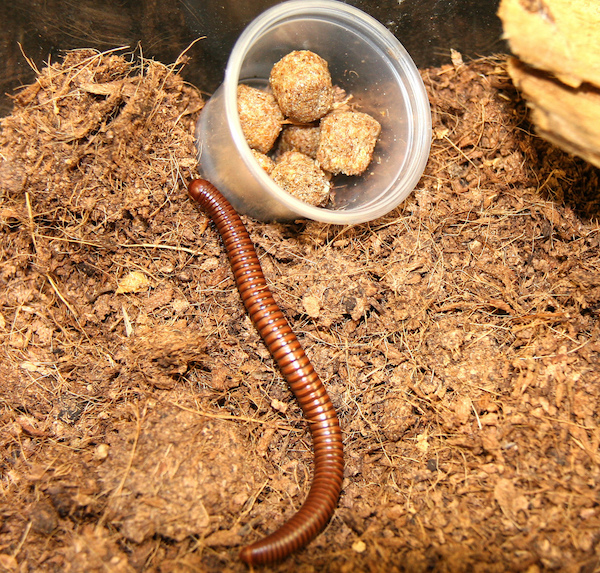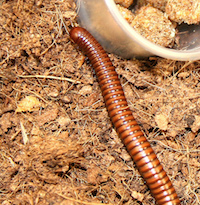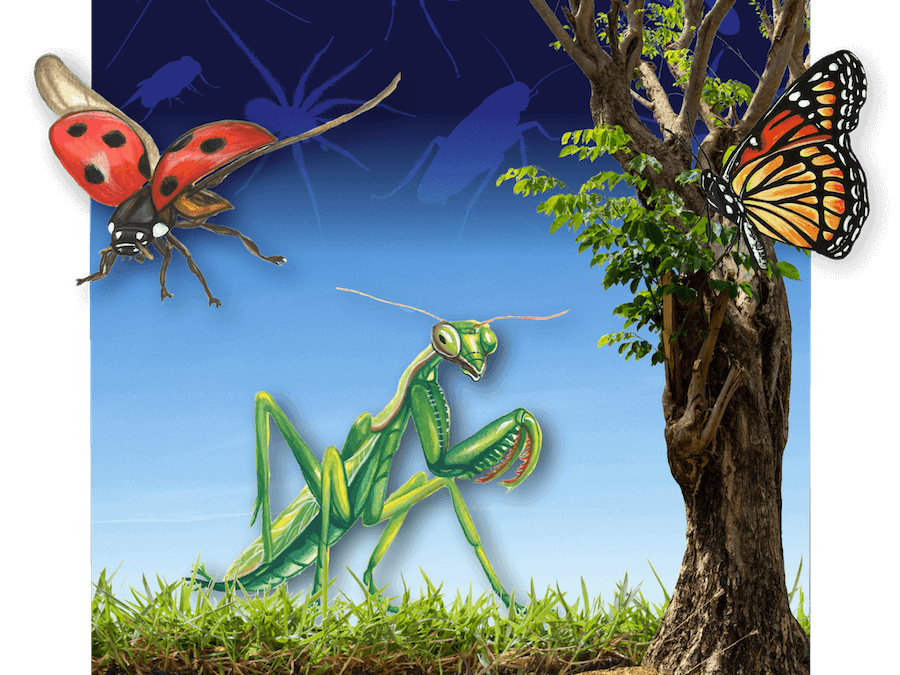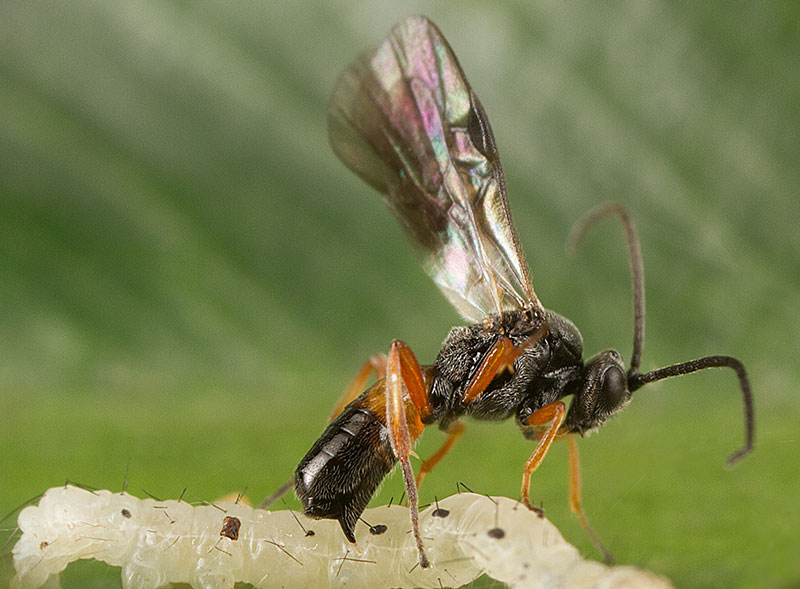They have a thousand legs and are often considered to be among the most disliked insects. But millipedes and centipedes aren’t even insects. In fact, millipedes are more closely related to lobsters, crayfish and shrimp.
I have recently received calls concerning “a small, worm-like insect.” These worm-like pests can be seen crawling around on carports, the sides of homes and around the edges of structures by the hundreds. You may also occasionally find them dead inside your home.
These callers are actually referring to millipedes or centipedes. Millipedes are often called “thousand-legged worms.” Their counterpart, the centipede, is often known as the “hundred-legged worm.” Neither the millipede nor the centipede carries diseases that affect people, animals or plants. They are most active at night, when the house centipede searches for cockroaches and other insects.
Millipedes aren’t poisonous, but some species are capable of secreting chemicals that can irritate the skin and eyes and cause allergic reactions. It is not advisable to handle these pests with your bare hands. Some millipedes have a defensive spray that contains hydrochloric acid, which can burn the skin. Centipedes seldom bite, and their jaws contain poison glands.
Millipede species vary in length from less than 1 inch to 2 or more inches and range in color from light brown to black. Depending on the species, centipedes vary in length from 1 to 12 or more inches, but the most common species found in Georgia is less than 5 inches long. Centipedes vary in color from light yellow to dark and reddish brown.
Both the millipede and the centipede like similar cool, dark, moist environments, like under stones and logs, in the soil, wood piles, leaf litter and debris, and rotting materials.
University of Georgia Cooperative Extension recommends control of these pests through habitat removal (wood piles, leaf litter and piles of trash). Moving mulch at least 3 feet away from the sides of buildings will reduce millipede breeding. Next, physically prevent them from entering your home. Make sure that doors and windows fit tightly and ensure there are no cracks or crevices available as entry points. Pesticides can also be applied. If you spray insecticides on wood piles, do not burn the wood for at least two weeks following application.
For more information about millipedes or centipedes, see the UGA Extension publication “Millipedes and Centipedes” at www.extension.uga.edu/publications.








